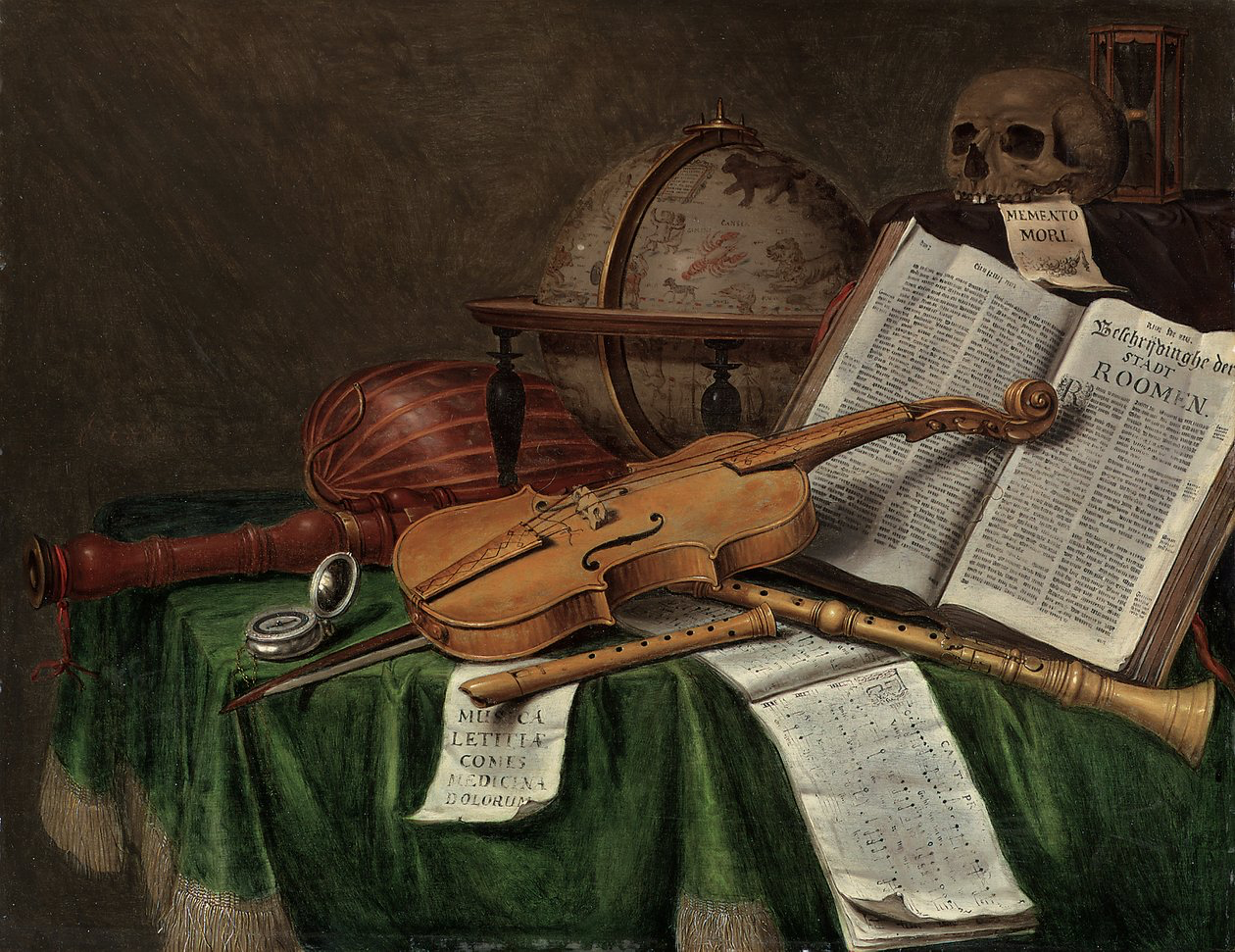back to Table of contents
There are numerous elements we must carefully consider when performing a piece. Among them, I believe the most essential is always being mindful of the messages the composer intended to convey and finding a way to communicate them meaningfully to the listener.
In my approach to Sei Solo, I sought to deepen my understanding of the common knowledge of allegory and symbolism in Bach’s time—elements I strongly believe he incorporated into his music. By revisiting this masterpiece with a renewed perspective, I aimed to uncover the layers of meaning embedded within it.
As Murakami suggests (see Questions and Methods for my research), interpreting these works requires an awareness of emotional modes, shaped by the overall aesthetic atmosphere—where the character of the key plays a significant role. Additionally, it is crucial to consider technical modes such as parallelism, contrast, repetition, and imitation, as well as ideal modes, including rhythmic structures, numerical symbolism, proportions, and metaphors.
Through this research, I have focused on four key aspects:
Historical context (I. "Sei Solo") – understanding the background of the work, and the composer’s personal events.
Hidden meanings (II. Symbolism and Allegory?) – uncovering symbolic and allegorical messages.
Tonality choices (III. Tonalitites and Key characteristics) – exploring their expressive and rhetorical implications.
Numerical symbolism (IV. Gematria, Bach and numbers) – investigating Bach’s fascination with numbers and their significance in his compositions.
In Japan, we have the word "Hakanai", which deeply resonates with the Baroque rhetorical concept of Vanitas—the fleeting, transient, and ephemeral nature of existence. Interestingly, music itself embodies this idea: it exists only in the moment of performance, dissolving into silence as soon as it is played. This transient quality urges us to cherish the messages within the music and deliver them with rhetorical sensitivity.
In my humble opinion, and the fact that Bach’s challenge of expanding the possibilities of the solo violin repertoire (following Westhoff), the Sei Solo becomes a profound reflection of his emotional universe—a vast expanse of feeling channeled through a tiny instrument, violin, shaped by the sorrow of losing his first wife. However, as we could hear through the Sei Solo story from the beginning to the end, I also feel his will to move forward in life, given his second marriage to Anna Magdalena Wilcke in the next year (1721). Prof. Terakado says, "I believe Bach must've been a positive person".
I aspire to continue exploring allegory and symbolism in Bach’s time, constantly seeking new insights into the hidden messages within his works. I hope this study and archive will serve as a valuable resource, enriching both performers' and listeners' imaginations and inspiring further rhetorical research into Bach’s music.
back to Table of contents

